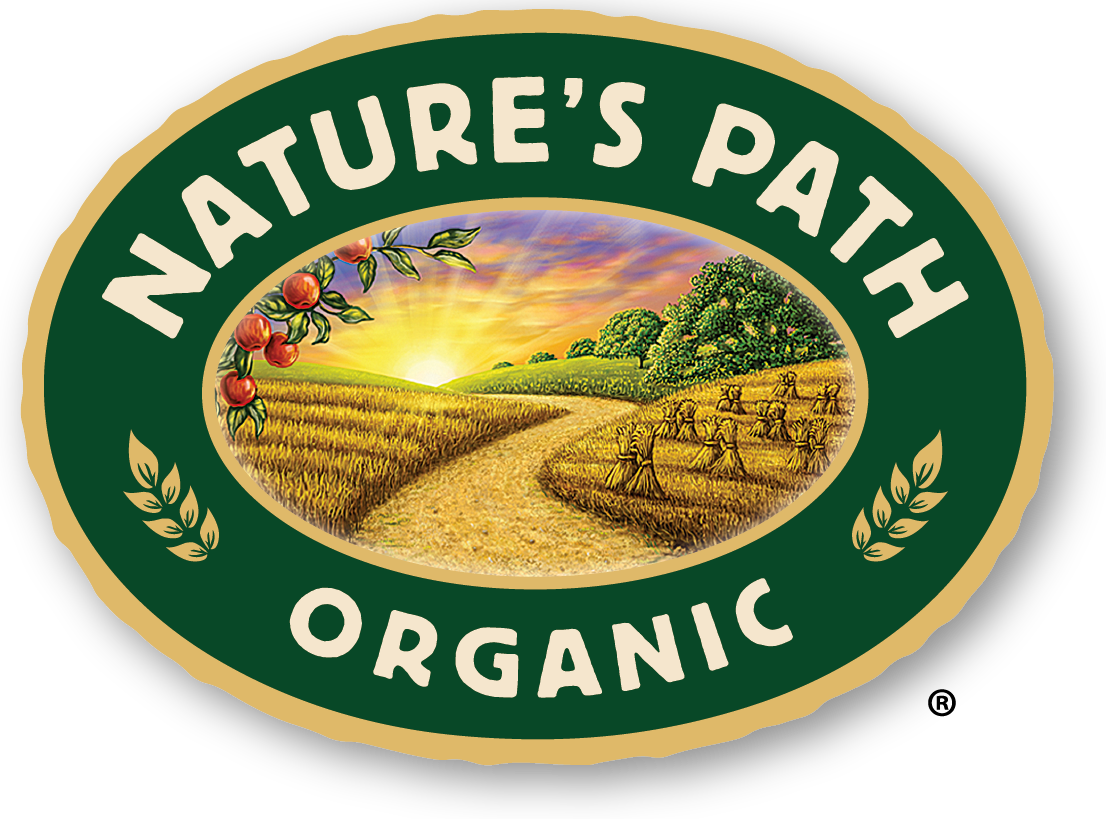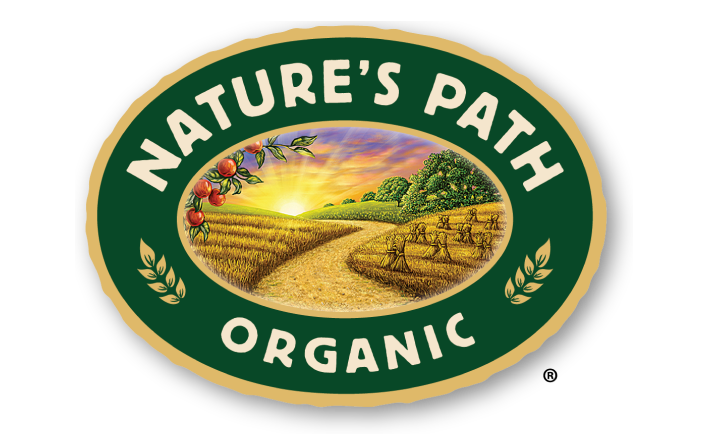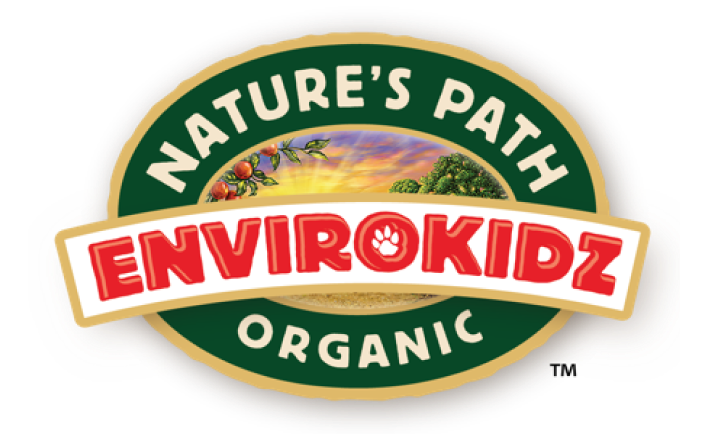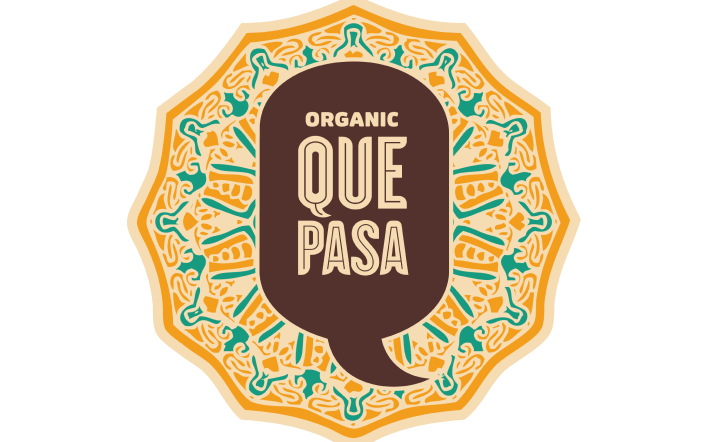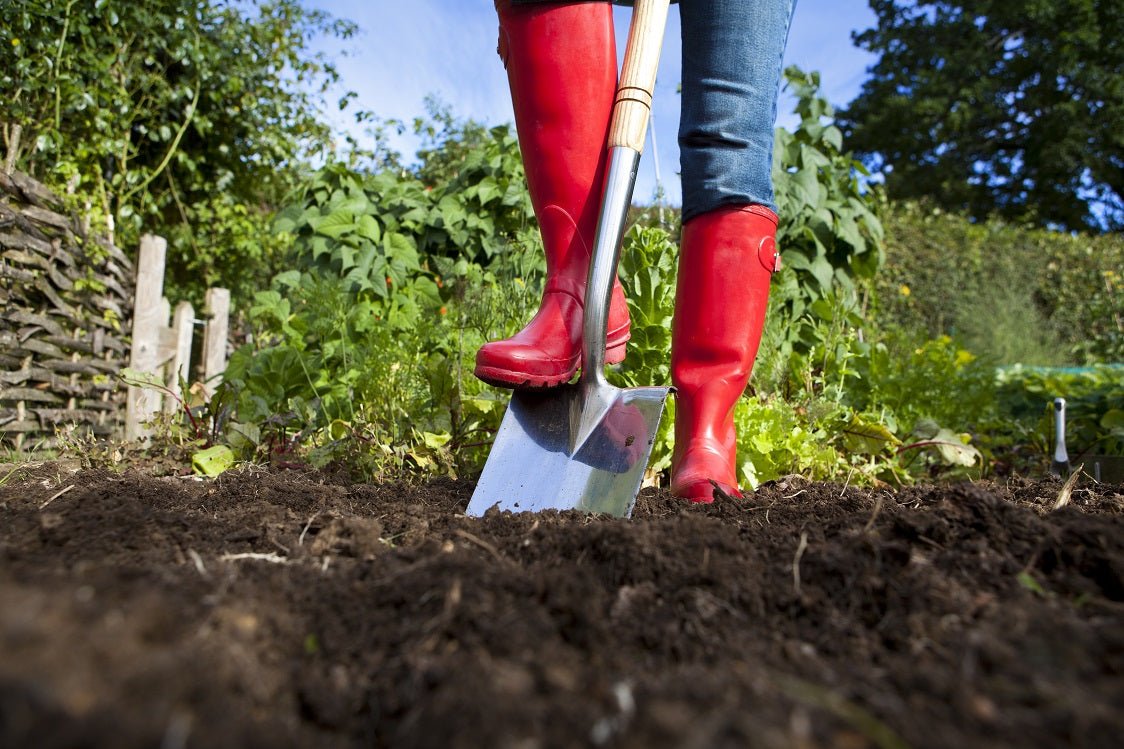
Hügelkultur for a Robust Organic Garden
Hügelkultur is a German word for hill culture or mound culture. Composting principles are at play in a way that mimics decomposition in a forest. Hügelkultur has been practiced in Europe for hundreds of years, but is now gaining ground in home gardens and with permaculturists in other countries.
Hügelkultur mounds are no-till raised beds or berms that maximize growing area, need little or no irrigation or fertilizer, and sequester carbon. They begin with unusable logs and branches that would otherwise go into a brush pile or the landfill. Hügelkultur produces lush gardens where there is poor soil fertility, slow drainage, and compacted soil. Because the mounds retain moisture, hügelkultur is an excellent planting method for the desert.
As decomposition happens, nutrients are slowly released, feeding the plants. The woody material becomes porous, holding onto water until it is needed. The processes in the mound create heat, which acts as a natural season extender.
Hügelkultur mounds attract beneficial insects, worms, microbes, and fungi, all of which are essential for making healthy, nutrient-packed soil.
If you removed sod, place it on top with the grass side down. Cover this with high nitrogen materials, such as kitchen waste, grass clippings, straw, manure, and compost. Finally add a layer of topsoil and straw mulch. This layering method is akin to lasagna gardening.
Mother nature will take care of the rest! The first year, the woods will be using nitrogen to break down, so plant crops that are not big nitrogen feeders, or legumes that add nitrogen to the soil. You may need to water the mound this season.
In the second year, the decomposing wood will be returning nitrogen to the garden. The mound may need water, but in subsequent years, it will be self-sustaining, much as the forest.
Making a hügelkultur mound is initially labor intensive, but it pays off in years of very little maintenance, water, and fertilizer. Instead of a brush pile and a compost pile, combine them by using hügelkultur. Free up your time, save resources, and harvest more organic vegetables than you would from a traditional garden with the same footprint!
How It Works
Biomass, such as logs, branches, twigs, compost, leaves, and straw, is put into a pile and allowed to decompose. Hügelkultur is basically composting on a grand scale. The pile is topped with soil where you plant your garden.Building A Hügelkultur Mound
The best time to build a hügelkultur mound is in the fall, so it can settle in for many months and begin the decomposition process. By the time you plant in the spring, nutrients are readily available to the garden. The minimum footprint of a hügelkultur bed is 3’x6’, but a larger size will be more efficient. Its final height will be at least 3’ plus plants, so plan for that if there is a view you do not want to obstruct. On the other hand, hügelkultur mounds make good fences, boundaries, or barriers. Dig down 1-2’. If you are in a wet area, build the mound on top of the ground. In the desert, dig down even farther for a sunken hügelkultur bed. If you have sod, remove it and save it for later. Place logs in the bottom of your pit. Hardwoods, such as apple, oak, maple, and birch, will last the longest. Softwoods, such as poplar and cottonwood, decompose faster. Try to use a combination of both. Do not use black locust, black walnut, or cedar. Pine can only be used if it is very old and punky. Pack the logs tightly. Top with branches and twigs, which you can also use to fill spaces between the logs.Would you like to be the first to hear about our new products and more? Sign up for our Nature’s Path Newsletter.
